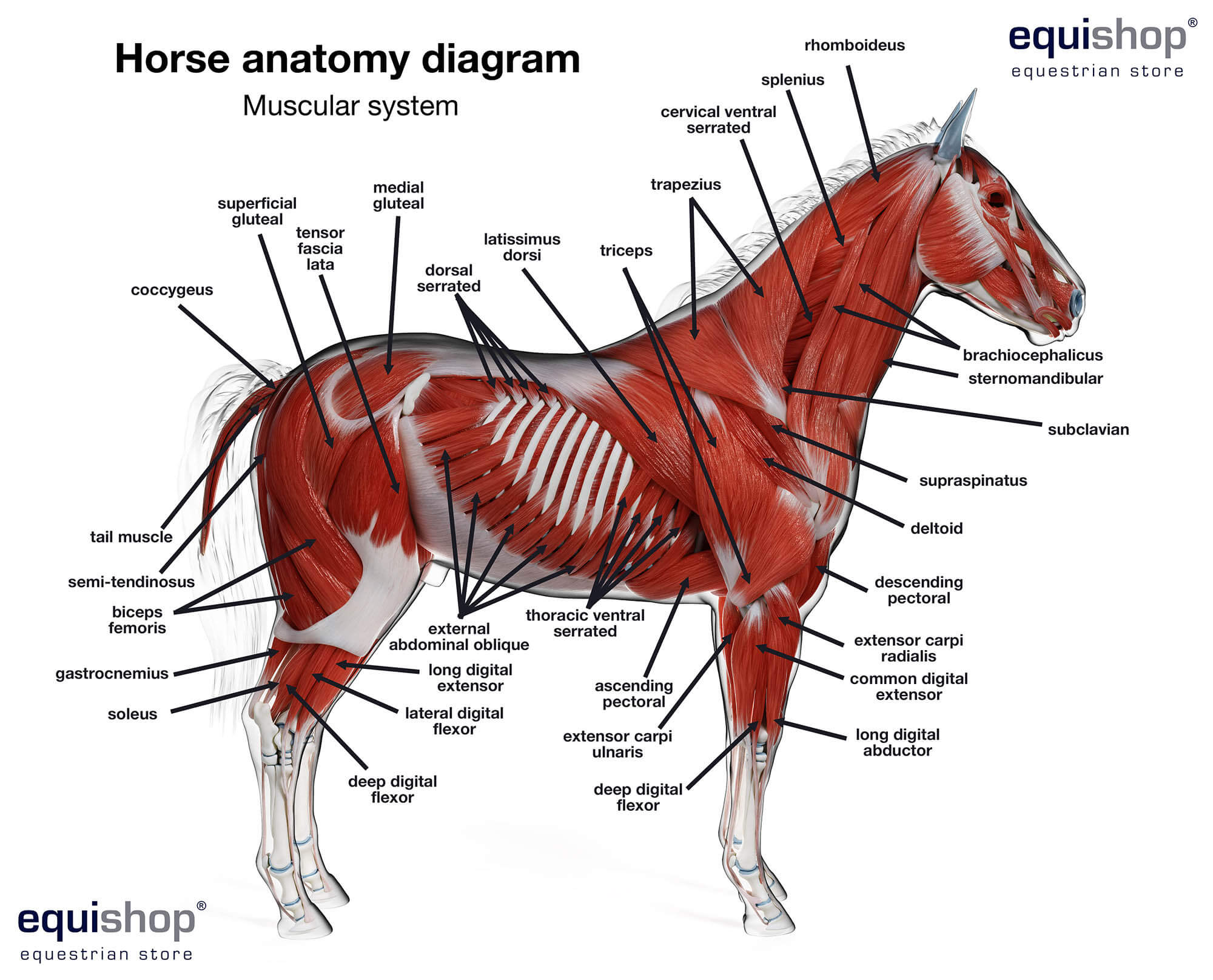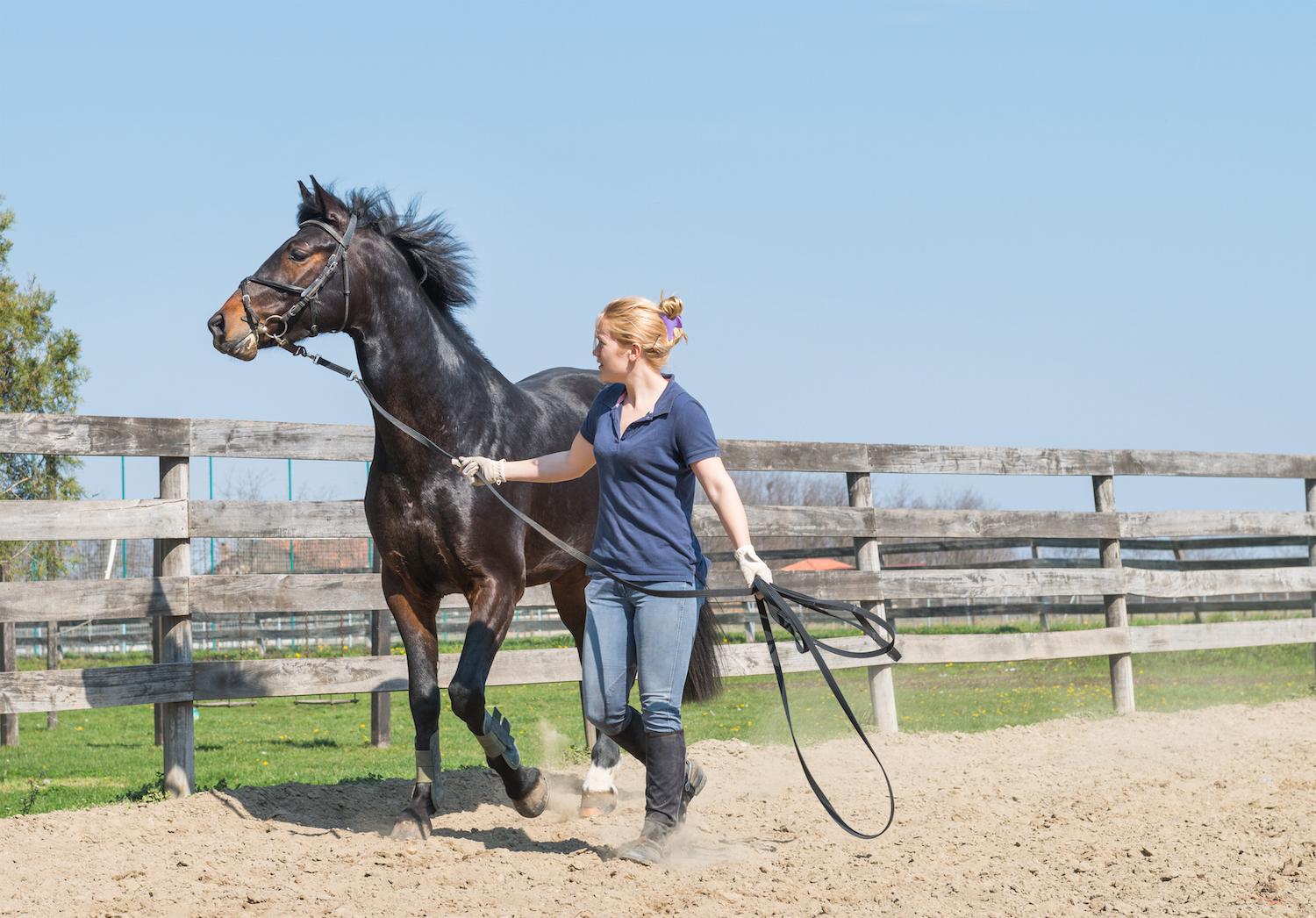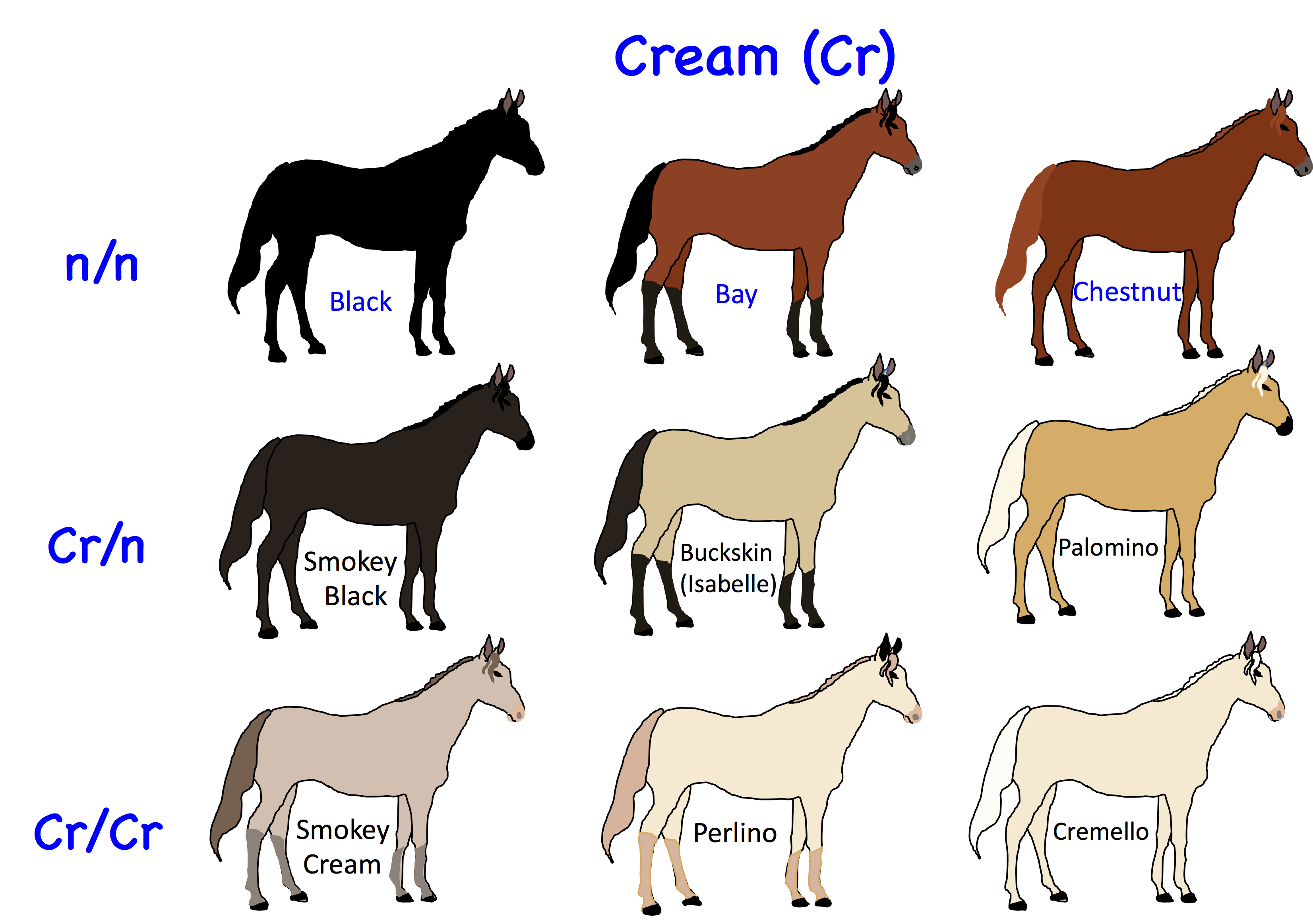Horses are magnificent creatures with a wide range of personalities and behaviors. One of the most fascinating aspects of horse behavior is their “hotness,” which refers to their energy levels, excitability, and sensitivity. Understanding what makes a horse “hot” is crucial for horse owners, trainers, and riders, as it influences their handling, training, and overall well-being. In this article, we will explore the factors that contribute to a horse’s hotness and delve into the various characteristics and behaviors associated with this trait.
Understanding Hotness in Horses

Hotness in horses is a term used to describe their temperament and energy levels. A hot horse is typically more energetic, reactive, and sensitive compared to a “cold” or more laid-back horse. This temperament can manifest in various ways, from being easily excitable and quick to react to external stimuli, to having a heightened level of energy and athleticism. Understanding what makes a horse hot involves considering several key factors that influence their behavior and disposition.
Genetics
One of the primary factors that contribute to a horse’s hotness is their genetic predisposition. Certain breeds are known for their spirited and high-energy nature, which can be passed down through generations. For example, breeds such as Thoroughbreds, Arabians, and Warmbloods are often associated with being hot due to their breeding history and inherent characteristics. Additionally, individual genetic variations within a breed can also play a role in determining a horse’s temperament, with some horses being naturally predisposed to being more reactive and energetic.
Environment and Upbringing
The environment in which a horse is raised and the manner in which it is handled during its formative years can significantly influence its temperament and hotness. Horses that are exposed to high-stress environments or inconsistent handling may develop heightened sensitivity and reactivity, leading to a “hotter” temperament. Conversely, horses raised in a calm, structured environment with positive reinforcement and consistent training may exhibit a more balanced and less reactive disposition.
Training and Conditioning
The training and conditioning methods used with a horse can also impact its hotness. Horses that are subjected to intense training regimes, excessive pressure, or harsh handling techniques may become more reactive and sensitive. On the other hand, horses that receive patient, positive, and progressive training are likely to develop a more relaxed and confident demeanor. Additionally, the level of physical conditioning and fitness can influence a horse’s energy levels, with well-conditioned horses often exhibiting higher levels of athleticism and energy.
Nutrition and Health
The diet and overall health of a horse can have a profound impact on its temperament and hotness. Nutritional imbalances, high-energy feed, or inadequate turnout and exercise can contribute to increased excitability and energy levels in a horse. Furthermore, underlying health issues or discomfort, such as ulcers, dental problems, or muscle soreness, can also cause a horse to exhibit signs of hotness. Ensuring proper nutrition, regular veterinary care, and addressing any health concerns are essential in managing a horse’s hot temperament.
Behavioral Characteristics of Hot Horses

Hot horses exhibit a range of behavioral characteristics that distinguish them from their calmer counterparts. Understanding these traits can help horse owners and handlers better manage and work with hot horses to ensure their well-being and performance.
High Sensitivity
Hot horses are often highly sensitive to their surroundings, reacting quickly to auditory, visual, and tactile stimuli. They may startle easily, be hyper-aware of their environment, and exhibit heightened responses to unfamiliar or potentially threatening stimuli. This sensitivity can make hot horses more challenging to handle in new or stimulating environments, requiring careful desensitization and exposure to build confidence.
Exuberant Energy
Hot horses typically possess exuberant energy levels, often displaying a higher degree of athleticism and physical prowess. They may be more inclined to exhibit playful or excitable behavior, demonstrating impulsive movements and a strong desire for physical activity. Harnessing and channeling this energy through structured training and exercise is essential in managing a hot horse’s behavior and preventing excessive reactivity.
Quick Reflexes and Responses
Hot horses are known for their quick reflexes and rapid responses to cues and commands. This heightened responsiveness can be advantageous in disciplines that require agility and quick maneuvering, such as show jumping or barrel racing. However, it also necessitates precise and consistent communication from the rider or handler to prevent overreactions and misinterpretations of signals.
Emotional Expressiveness
Hot horses often display a wide range of emotional expressiveness, showcasing their feelings and reactions more prominently than their calmer counterparts. They may exhibit heightened expressions of joy, frustration, anxiety, or excitement, making it essential for handlers to be attuned to their emotional state and provide appropriate support and guidance.
Managing Hot Horses

Effectively managing hot horses requires a tailored approach that considers their temperament, individual needs, and specific training and handling techniques. By understanding the factors that contribute to a horse’s hotness and recognizing their behavioral characteristics, horse owners, trainers, and riders can implement strategies to support and optimize the well-being and performance of hot horses.
Structured Training and Consistent Handling
Hot horses benefit from structured, progressive training that focuses on building confidence, trust, and responsiveness. Consistent handling and clear communication are essential in establishing boundaries and expectations while minimizing stress and reactivity. Positive reinforcement, patience, and establishing a routine can help hot horses develop a sense of security and predictability in their training and interactions.
Environmental Management
Creating a calm and consistent environment for hot horses is crucial in minimizing stress and reactivity. Providing ample turnout, access to forage, and a predictable daily routine can promote relaxation and mental well-being. Additionally, minimizing exposure to unnecessary stimuli and gradually introducing new experiences can help hot horses acclimate to novel environments without becoming overwhelmed.
Physical and Mental Stimulation
Engaging hot horses in regular physical and mental stimulation is vital for channeling their energy and preventing boredom or frustration. Incorporating varied training exercises, enrichment activities, and opportunities for controlled play can help satisfy their need for activity and stimulation while promoting focus and relaxation.
Individualized Care and Monitoring
Each hot horse has unique needs and sensitivities that require individualized care and monitoring. Regular assessment of their physical and emotional well-being, as well as adjusting their nutrition, turnout, and training regimen as needed, is essential in maintaining their overall health and temperament. Working closely with equine professionals, such as veterinarians, farriers, and trainers, can provide valuable insights and support in managing hot horses.
Curious about what makes a horse “hot”? Explore our articles on hot shoeing a horse, what makes a quarter horse, and what is soring a horse for a deeper understanding of these equine topics!
Conclusion

In conclusion, the hotness of a horse is influenced by a combination of genetic, environmental, training, and health factors that contribute to their temperament and behavior. Understanding the characteristics and behaviors associated with hot horses is essential in effectively managing and working with these spirited equine companions. By employing tailored training, handling, and environmental strategies, horse owners, trainers, and riders can support the well-being and performance of hot horses while embracing their unique energy and athleticism.



